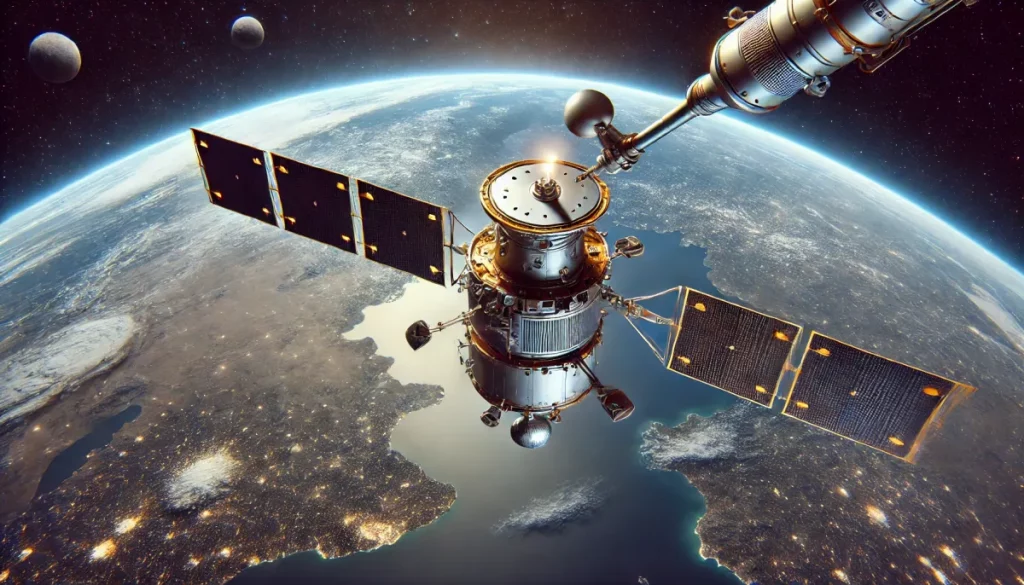Satellites Our Eyes in the Sky

Satellites Our Eyes in the Sky
Satellites are artificial objects placed in orbit around a celestial body, such as Earth, the Moon, or a planet. They serve a variety of purposes, from communication and navigation to scientific research and Earth observation.
Types of Satellites
- Communication Satellites: Used for transmitting signals over long distances, including television broadcasts, telephone calls, and internet data.
- Navigation Satellites: Provide accurate positioning and timing information, such as GPS (Global Positioning System).
- Earth Observation Satellites: Monitor the Earth’s surface and atmosphere to gather data on weather, climate, land use, and natural resources.
- Scientific Satellites: Used for scientific research, such as studying the Sun, planets, and stars.
- Military Satellites: Used for surveillance, reconnaissance, and communication purposes.
How Satellites Work
- Orbit: Satellites orbit the Earth or other celestial bodies at a specific altitude and speed.
- Payload: Satellites carry instruments or equipment to perform their specific tasks.
- Ground Stations: Satellites communicate with ground stations on Earth to receive and transmit data.
Benefits of Satellites
- Communication: Satellites enable global communication, connecting people and places around the world.
- Navigation: Satellites provide accurate positioning and timing information, which is essential for navigation, transportation, and other applications.
- Earth Observation: Satellites provide valuable data on the Earth’s environment, climate, and natural resources.
- Scientific Research: Satellites are used for a wide range of scientific research, from studying the Sun to exploring distant galaxies.
Challenges of Satellite Operations
- Launch Costs: Launching satellites into orbit can be expensive.
- Orbital Debris: Space debris, such as broken satellites and rocket stages, can pose a risk to operational satellites.
- Life Span: Satellites have a limited lifespan and may need to be replaced after a certain period of time.
- Technological Challenges: Designing and building satellites that can operate reliably in the harsh environment of space is challenging.
Despite these challenges, satellites play a vital role in modern society and continue to be essential for a wide range of applications. As technology advances, we can expect to see even more innovative and capable satellites being launched into orbit.
